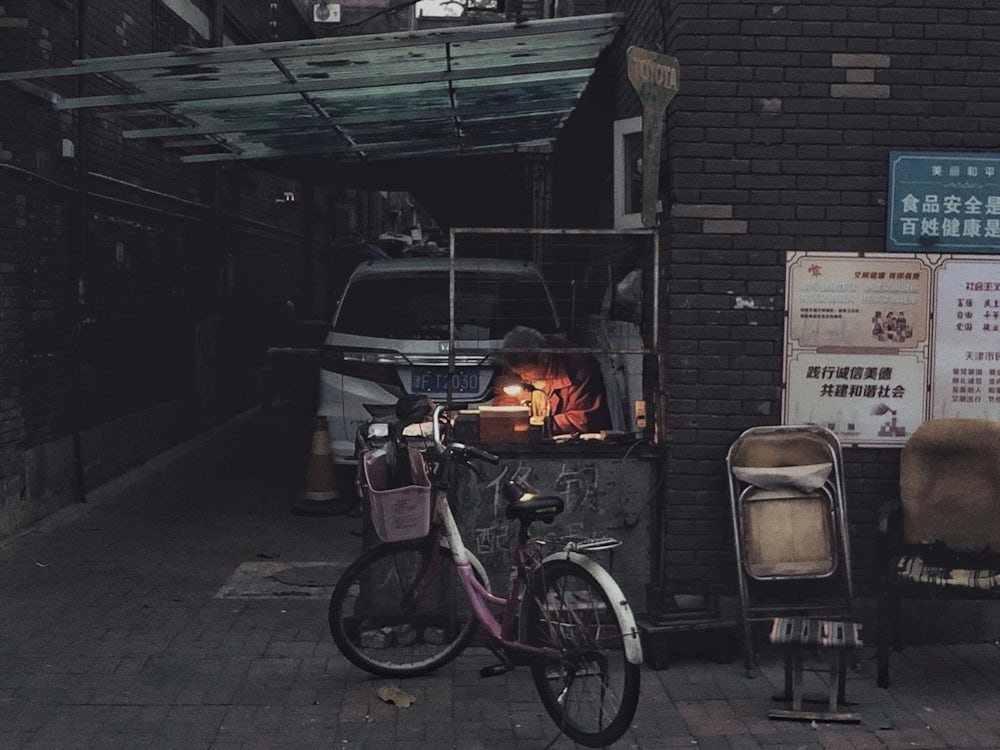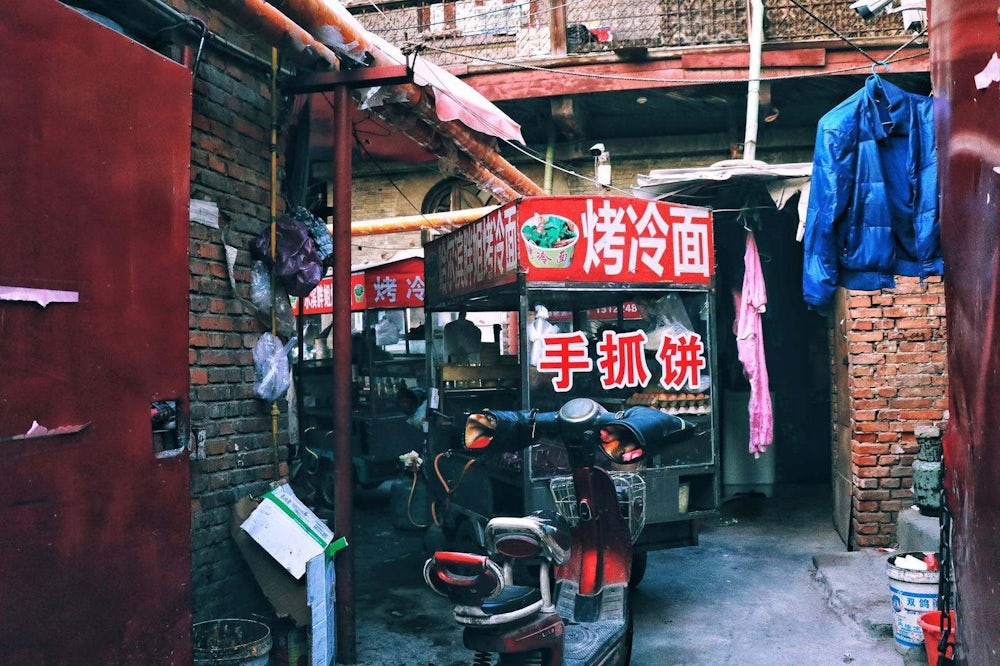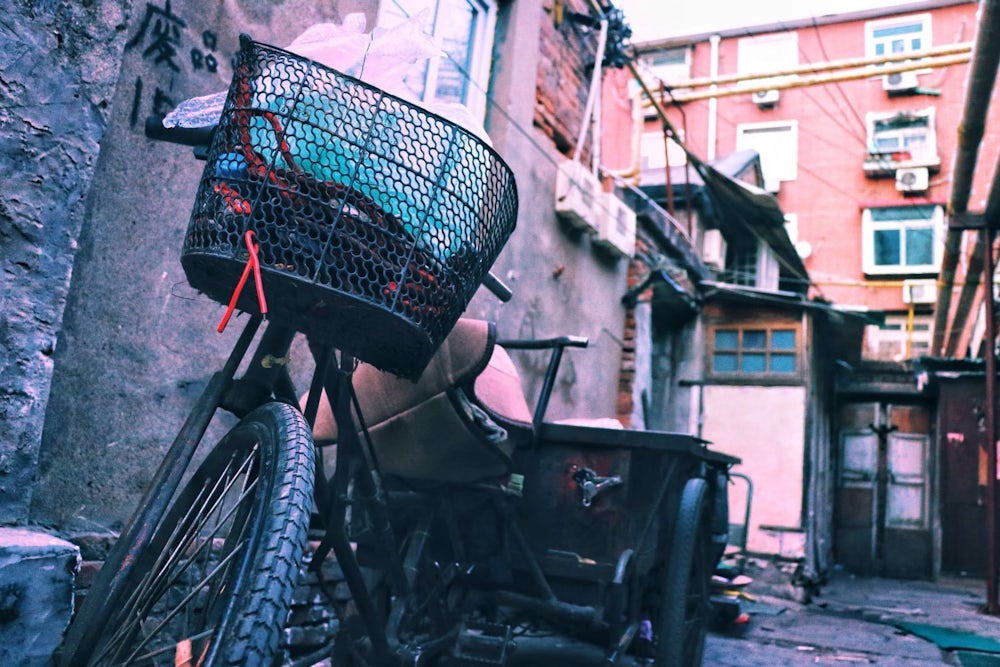Liangwei Xu
"City or Village? or Neither?"
Section MS10, Matthew Darmour-Paul
Keywords: urbanism, photography, memory, time
Urban villages are a relatively unique and common social phenomenon in the process of urbanization in China. With the continuous advancement of urbanisation, the development of cities is largely focused on those areas already most developed, while ignoring the marginal areas that are lagging behind. Unlike China Town and ethnic gathering areas in large cities such as London, China’s "urban village" is a "crevice" in the city. Due to historically situated management systems, among other reasons, urban village planning and management are disorderly if at all apparent: the urban form is chaotic, the infrastructure is lost, and the lack of environmental sanitation is very obvious.
Some people say that a real city should not have urban villages, because urban villages affect the image of the city and occupy precious land resources. But will urban villages, not to mention their inhabitants, have a future?
Urban villages are actually formed when farmland is taken away by the government and the rural houses that remain become surrounded by the expanding city. Urban villages are not urban land in the legal sense, but they have the function of urban land because they are in the city.
Urban villages are a kind of cheap urban space. Because they lack the legal status as urban land, they also lack the public services that should be provided by the government. Therefore, for the migrant population, this is a space with lower acquisition costs. It is undeniable that urban villages have their own way of life. Residents of urban villages live in the siege of the city, but are free from the pressure of urban life. From an urban perspective, urban villages are dross and need to be cleaned up. But from the perspective of urban villages, they are just forced to be surrounded by cities.
The project will discuss more about the problems similar to urban villages encountered in the development of different cities, and through the compilation of images and history to find commonalities between them, and to redefine the existence of urban villages. The purpose of this project is to record the symbolic and cultural features of urban villages through photography, and finally rebuild a harmonious network of relationships between cities and urban villages.


